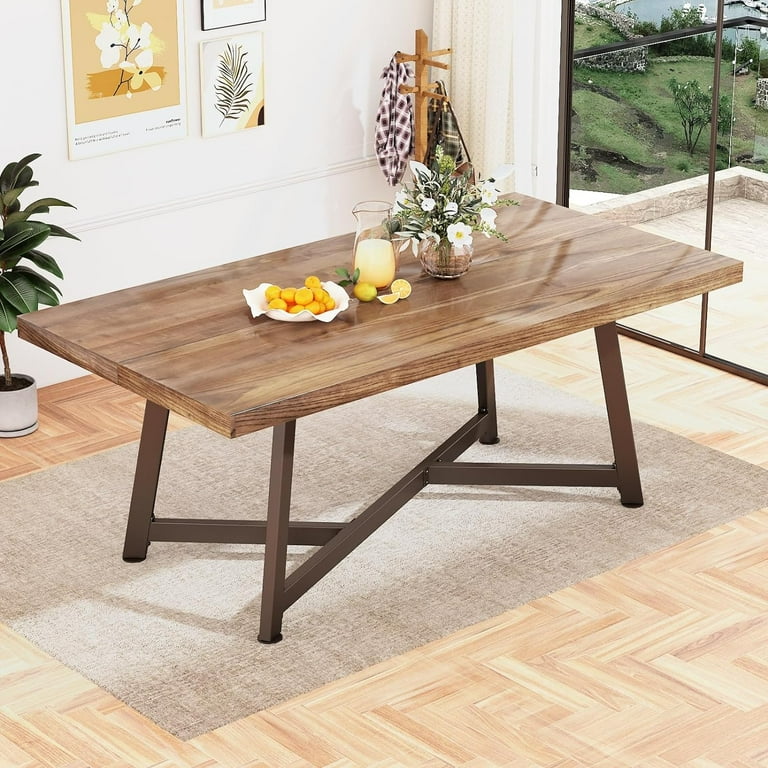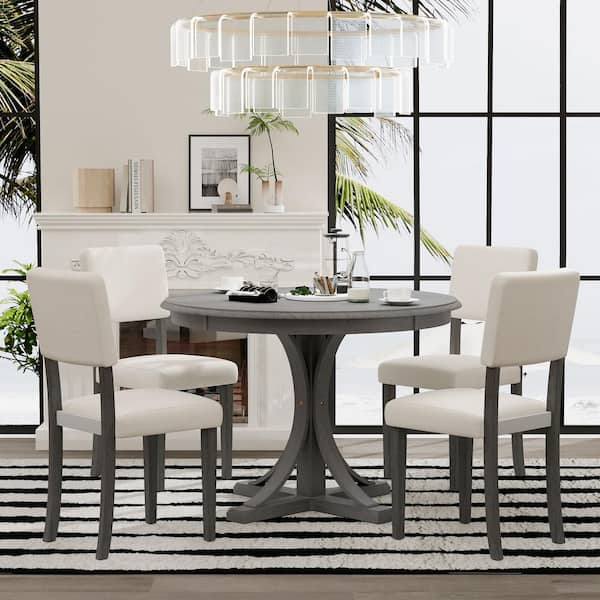Just How to Choose the Perfect Dining-room Table Legs for Your Home Design
Choosing the optimal dining room table legs is a nuanced process that calls for cautious consideration of different aspects, including your area restrictions, visual choices, and practical demands. The interaction between dimensions, products, and styles can considerably influence the setting of your dining area, making it crucial to approach this choice carefully.
Assess Your Eating Room
Analyzing your dining space is vital for choosing the right table legs that match both appearances and capability. Begin by determining the measurements of your dining location, including ceiling height, flooring space, and closeness to other furniture. This info will help identify the suitable dimension and height of your dining table, which straight affects the selection of table legs.
Next, think about the style and design of your dining space. An open-concept design might profit from table legs that supply visual agility, such as slender steel or acrylic choices. Alternatively, an extra standard setup may ask for durable wood legs that provide a sense of durability.
Review the existing shade palette and materials in your eating location. Integrating the table legs with these aspects creates a natural appearance that enhances the overall decoration.
Inevitably, an extensive analysis of your dining room will assist you in making an educated choice, making certain that your table legs not just improve the aesthetic appeal however likewise serve useful objectives.
Consider Your Style Preferences
When picking dining-room table legs, it is vital to review your personal design preferences, as they considerably affect the overall aesthetic of your eating area. Your option of table legs can either complement or contrast with existing decor, making it critical to align them with your favored interior design motif.
If your home leans in the direction of a modern visual, consider sleek metal or minimal wood legs that provide a clean, uncluttered look. For a more standard approach, elaborate wooden legs with detailed makings can add a touch of sophistication and refinement. Industrial designs gain from durable, resources such as recovered timber and metal mixes, showing a tough charm.
Furthermore, farmhouse and rustic designs commonly favor sturdy, chunky legs that evoke a feeling of heat and convenience. Conversely, if your design is diverse, you may choose unique forms or a mix of materials to develop aesthetic rate of interest.

Evaluate Material Options
The option of product for dining space table legs plays a pivotal role in both sturdiness and aesthetic allure. Common materials include timber, steel, and composite alternatives, each offering unique characteristics that can affect the general look and durability of your table.
Timber is a traditional selection, known for its heat and versatility. Hardwoods like oak and walnut provide outstanding stamina and can be completed in numerous stains to match any decor. Softwoods like want are more prone to damages and scrapes, making them much less optimal for high-traffic areas.
Metal legs, usually crafted from steel or light weight aluminum, exhibit modernity and commercial appeal. They are resistant and extremely durable to wear, making them suitable for households with youngsters or regular events (dining room table legs). Furthermore, steel can be ended up in numerous colors, boosting the personalization possibilities
Composite materials, such as MDF or laminate, offer cost and varied designs. While generally much less resilient than strong wood or steel, they can still offer a stylish appearance and are frequently simple to keep.
Inevitably, the material you select ought to straighten with your way of living, visual choices, and the degree of usage your table will certainly experience.
Determine Elevation and Dimension
Picking the suitable height and dimension for your dining room table is vital for both capability and convenience. The common height for dining tables normally ranges from 28 to 30 inches, enabling enough legroom for most people when seated. It is vital to consider the measurements of your dining room and the kinds of chairs you prepare to make use of.

In addition, think about the percentages of your dining area. A larger table in a large location can develop a grand atmosphere, while a smaller sized table functions well in even more intimate setups. Inevitably, the ideal elevation and dimension will integrate with your general decoration and boost the dining experience for you and your guests.
Explore Customization Opportunities

Furthermore, the layout of the legs can be personalized to fit numerous styles, such as rustic, modern-day, or commercial. For instance, tapered legs can evoke a mid-century modern-day feeling, while beefy, block-style legs might resonate with traditional or farmhouse style.
Property owners can likewise explore color coatings, from all-natural timber stains to repaint, enabling them to match or comparison with the table top and bordering style.
Moreover, leg elevation can be adapted to suit details seating plans or individual preferences, improving both comfort and functionality.
Last but not least, distinct decorations, such as makings or ornamental go to this website brackets, can better customize the table legs, making the eating experience not just a dish but a statement piece in the home. By taking into consideration these personalization alternatives, homeowners can create a dining-room table that really reflects their originality.
Final Thought
Selecting the perfect eating room table legs calls for careful consideration of numerous factors, consisting of the dimensions of the eating space, style choices, material sturdiness, and desired elevation. Modification alternatives even more improve the capacity to attain a natural visual that complements the overall decoration. By systematically assessing these aspects, home owners can make sure that the selected table legs not just satisfy useful demands yet likewise contribute favorably to the dining experience and atmosphere of the home.
Picking the ideal dining space table legs is a nuanced process that calls for cautious consideration of different components, including your room restrictions, visual choices, and useful needs.Examining your dining space is crucial for selecting the right table legs that complement both aesthetic appeals and performance.When identifying dimension, gauge the location where the table will certainly be put to ensure it fits pleasantly, enabling for at the very least 36 inches of clearance around the table for very easy activity. A larger table in click here for info a large area can create a grand atmosphere, while a smaller table works well in more intimate settings.Picking the perfect eating space table legs requires careful factor to consider of numerous factors, consisting of the measurements of the eating room, style preferences, material durability, and desired elevation.